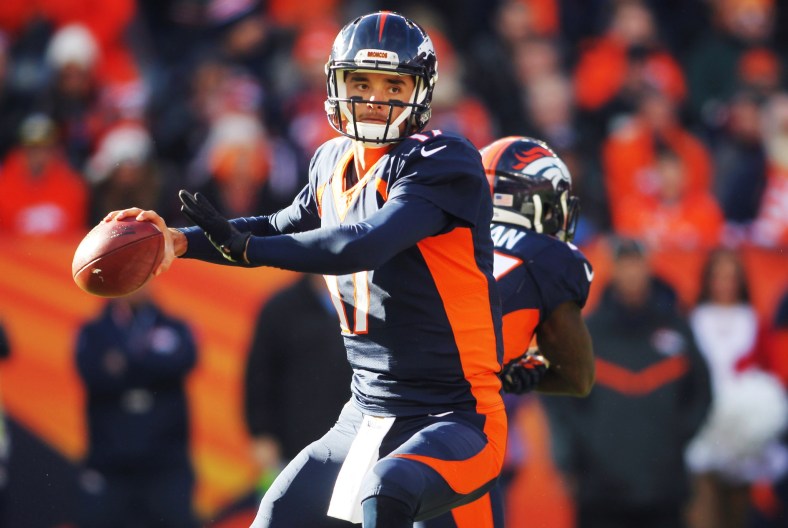
Given the gaudy amount of cash that’s been thrown around in NFL free agency thus far, it stands to reason that some teams simply didn’t find great value in the players they added.
In fact, this is a list that could probably go a dozen deep. The philosophy of paying for future projection rather than previous production has been utilized to a fault over and over again through the years, and this year was no different
From a slightly above-average corner getting paid like an elite player in New York to a guard that struggles in pass protection earning big bucks in Florida, these are the five worst value signings of NFL free agency thus far.
1. Janoris Jenkins, cornerback, New York Giants
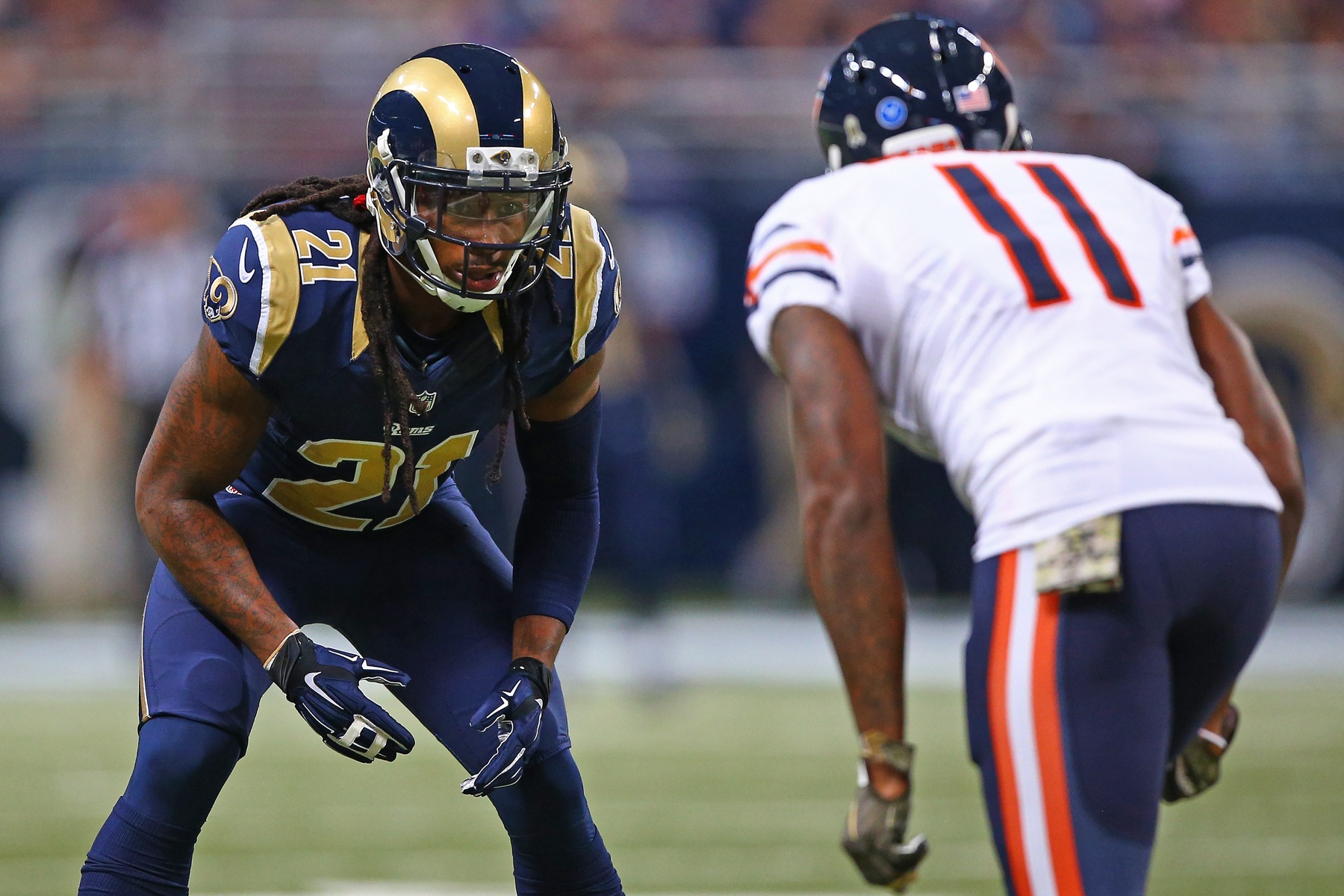
Contract: Five years, $62.6 million with $28.8 million guaranteed
Prior to a decent 2015 campaign, Jenkins was regarded as a below-average cover corner around the NFL. His inability to succeed in single coverage without a safety over the top has been a major issue throughout his career.
Equally as important, Jenkins has struggled with getting burned on double moves on a consistent basis since joining the NFL back in 2012. A pure play-making corner with 13 forced turnovers throughout his career, Jenkins has been able to mask these issues due to those big plays. Once that dries out, he’s not much more than a replacement-level player.
On that note, Jenkins’ comment regarding having to stay focused late in games has to be a tad concerning to the Giants:
Janoris Jenkins says his top skill is "playing man to man." What he needs to improve is "stop being lazy at end of games." #Giants
— Jordan Raanan (@JordanRaanan) March 10, 2016
Considering the team blew five fourth quarter leads in 2015, this isn’t something it necessarily wants to here from someone who is now the seventh highest-paid corner in the NFL.
2. Coby Fleener, tight end, New Orleans Saints
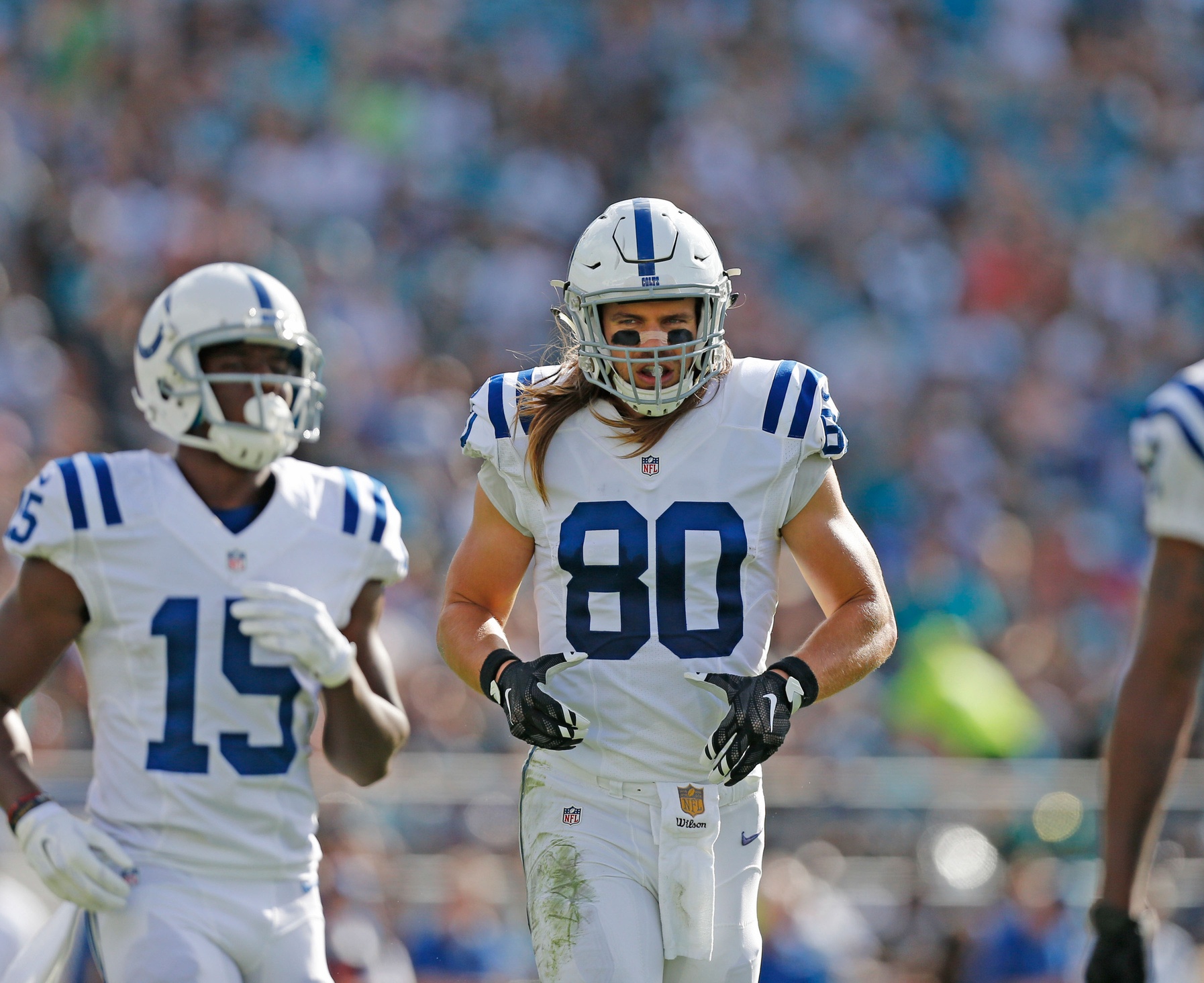
Contract: Five years, $36 million with $18 million guaranteed
There’s little doubt that Fleener will play an important role in the Saints passing game moving forward. Whether it was Jimmy Graham for so many years or Ben Watson last season, Drew Brees has relied on his tight ends a great deal.
Though, this signing represents the Saints paying for projection rather than previous production. Fleener, a second-round pick back in 2012, has yet to put up as much as 800 receiving yards in a single season. He’s also coming off a 2015 campaign that saw him record just 491 yards while averaging 9.1 yards per reception.
Despite this, Fleener is now one of just 12 tight ends earning north of $7 million annually. He’s also set to earn more than the likes of Martellus Bennett and Antonio Gates, both of whom have produced at much higher clips in their careers.
I fully understand the Saints wanting to add another pass-catching threat for Brees, but the team could have done much better in terms of value.
After all, Pittsburgh paid a fraction of the price for a tight end in Ladarius Green who boasts much more upside than this Stanford product.
3. Mohamed Sanu, wide receiver, Atlanta Falcons
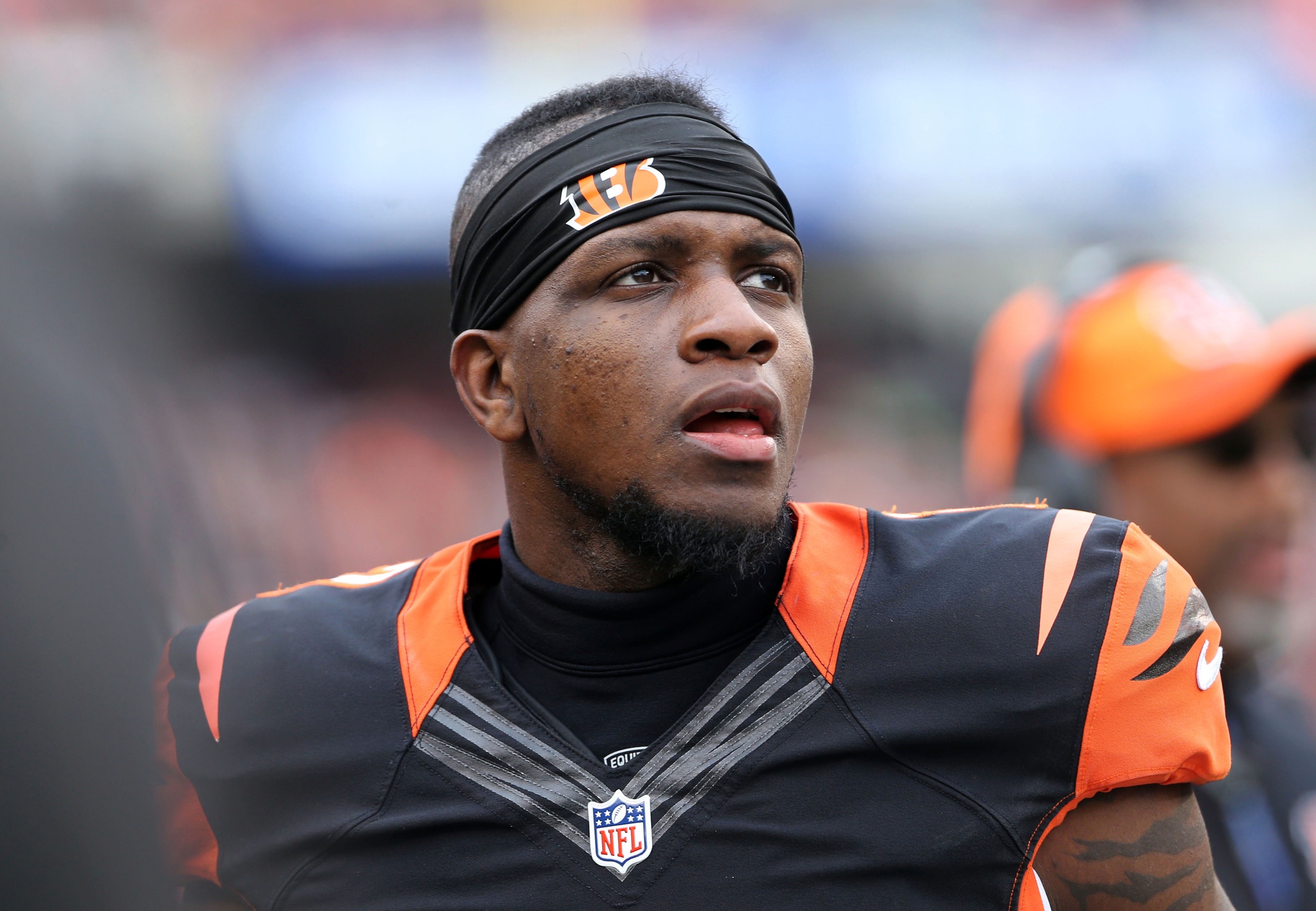
Contract: Five years, $32.5 million with $14 million guaranteed
This is absolutely ridiculous. Coming off a 2015 campaign that saw him record 33 receptions for 394 yards without a touchdown, Sanu is going to earn $6.5 million annually in Atlanta.
Not viewed as a starter-caliber receiver in the NFL, this is exactly what the Falcons are going to be asking of the former third-round pick.
It’s the whole idea of a lesser team paying for a slightly above-average player from a good team and expecting him to somehow play a bigger role. That rarely pans out in the NFL.
Consider this: Sanu received more guaranteed money than the total value of the contract Jermaine Kearse signed to return to Seattle. Kearse recorded 16 more receptions, nearly 300 more yards and five more touchdowns than Sanu last year. Let that sink in for a second.
4. Brock Osweiler, quarterback, Houston Texans
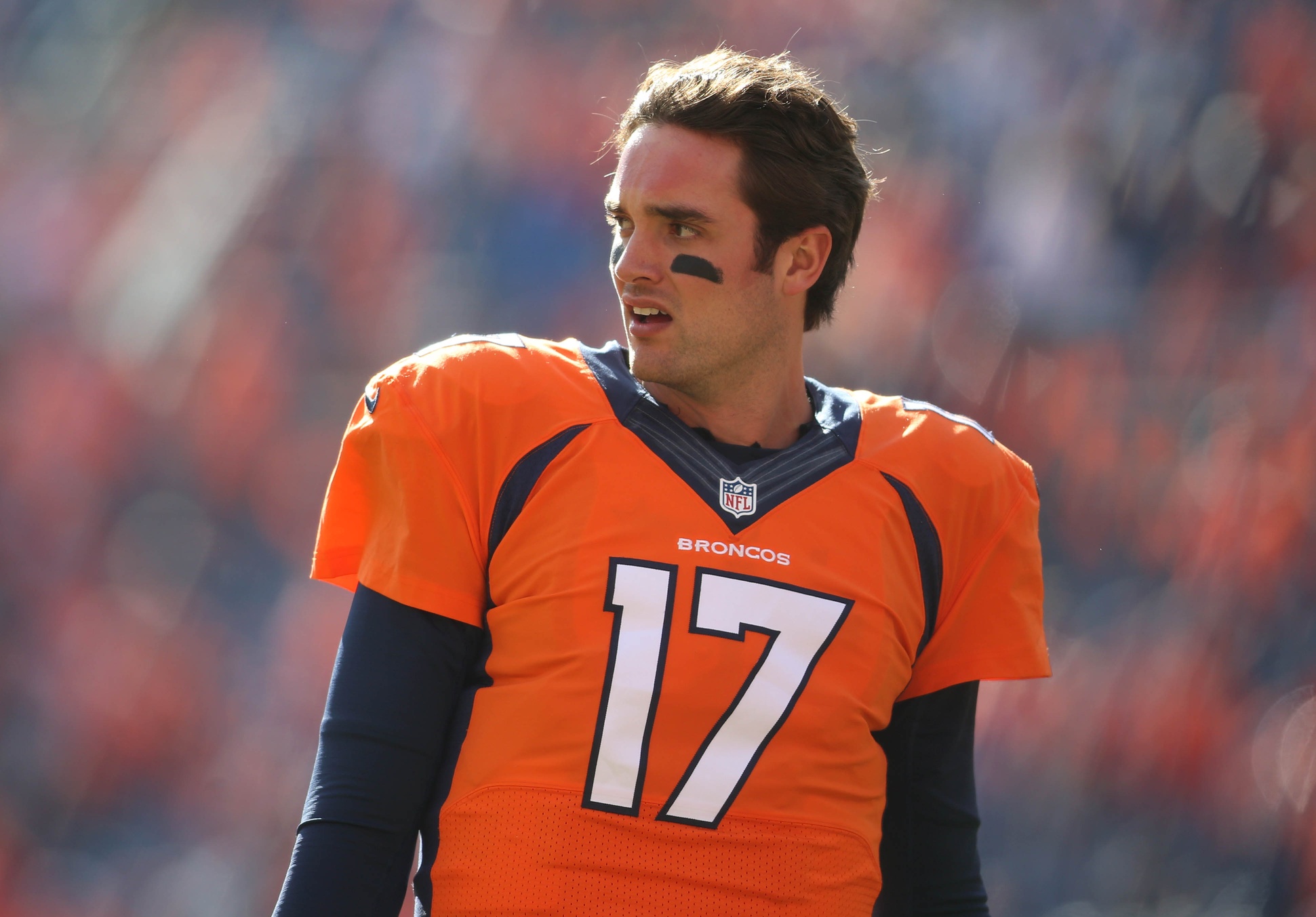
Contract: Four years, $72 million with $37 million guaranteed
$3.4 million guaranteed per touchdown pass he’s thrown in his four-year NFL career. Talk about paying for projection, not previous production. Heck, Osweiler was benched in favor of a washed-up Peyton Manning last season. What does this tell us about how he projects moving forward?
In a quarterback market where money is being thrown around to less-than-average players, this former Arizona State quarterback hit the mother load. Two things had to play out in order for this to happen.
First off, a desperate team with no in-house solution at quarterback needed to come calling. Check!
Secondly, the market itself had to be filled with also ran’s and never been’s. Check!
Now with the 15th-highest annual salary among quarterbacks, Osweiler is set to make more than the likes of Matthew Stafford, Andy Dalton and Carson Palmer. Heck, his average salary is equal to that of Tony Romo. That’s a bit absurd.
5. J.R. Sweezy, guard, Tampa Bay Buccaneers
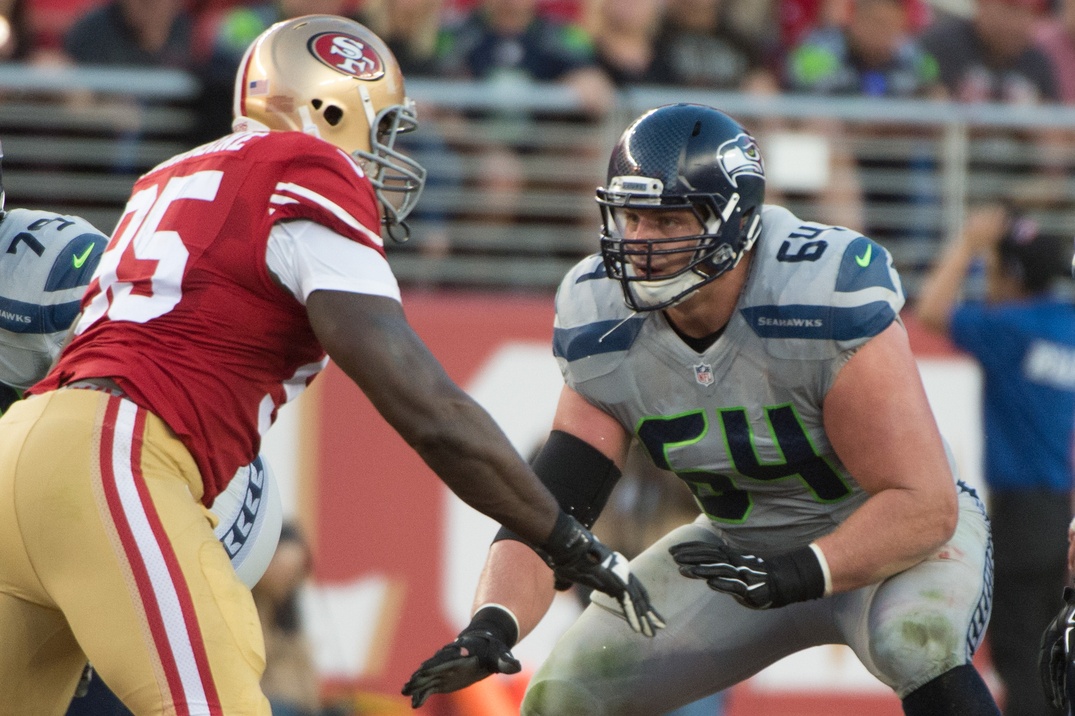
Contract: Five years, $32.5 million with $14.5 million guaranteed
Sweezy is a heck of a run-blocking guard. In this, his insertion into Tampa Bay’s offensive line is going to come in handy for the newly retained Doug Martin. Where Sweezy (like most of Seattle’s offensive from a season ago), struggles is pass protection.
He was actually among the worst regular starters in this category as season ago, according to Pro Football Focus.
Paying him $6.5 million annually with a guaranteed cash haul that’s among the 10 highest at his position in the NFL, Tampa Bay didn’t necessarily get much value with Sweezy here.
Addressing a need following the retirement of Logan Mankins is one thing. Overpaying for a slightly above-average interior lineman is a completely different thing. That’s exactly what the Buccaneers did here.